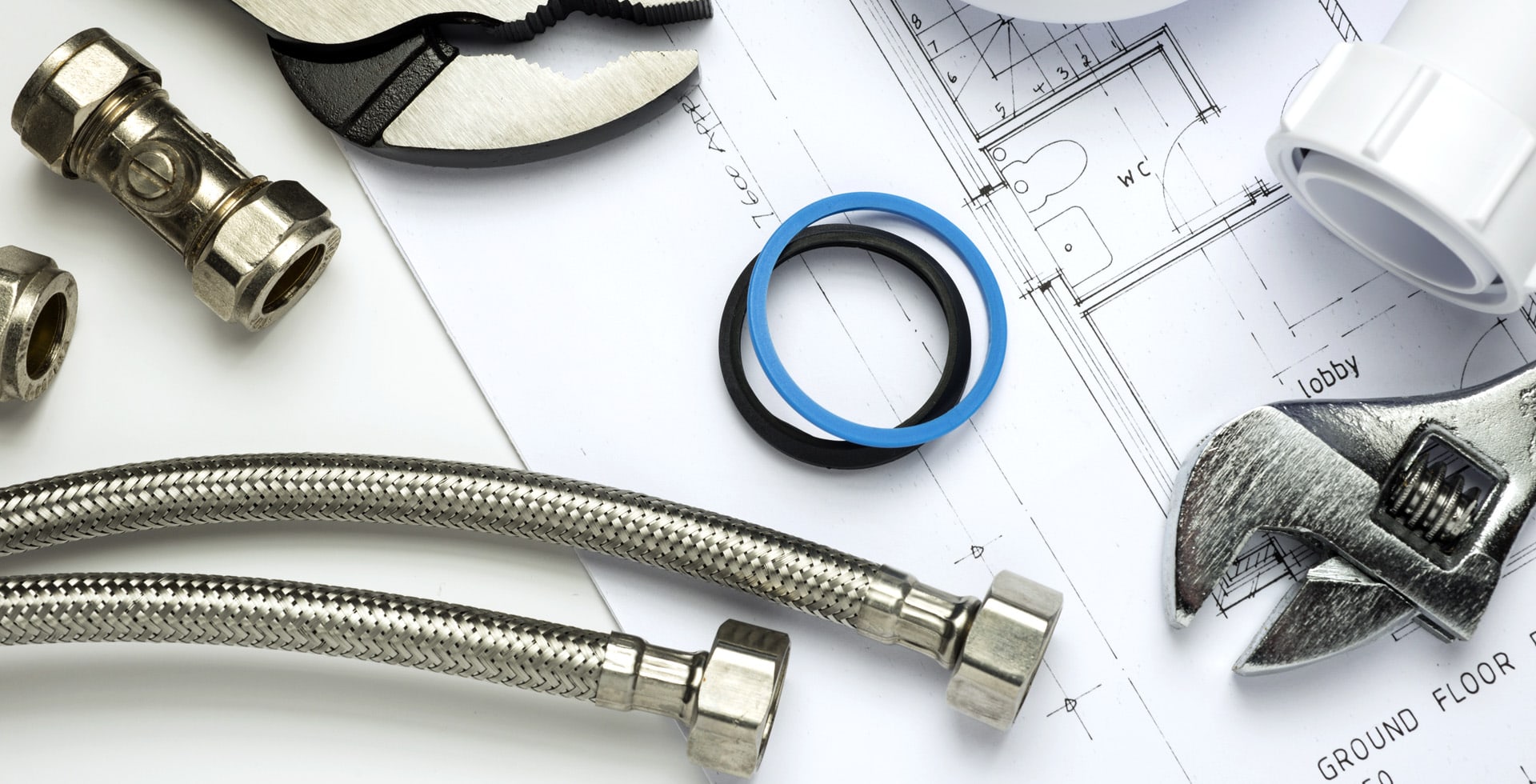How Often Should You Have Your Chimney Swept?
A well-maintained chimney is crucial for the safety and efficiency of your fireplace or heating system. Regular chimney sweeping helps prevent dangerous creosote buildup, ensures proper ventilation, and enhances the overall performance of your equipment. But how often should you schedule a chimney cleaning? This article will provide you with essential insights and guidelines.
The Importance of Chimney Sweeping
Chimneys serve a vital purpose in venting smoke and gases from your fireplace or stove out of your home. Over time, soot and creosote can accumulate within the chimney, leading to several issues:
- Fire Hazards: Creosote is highly flammable, and even a small buildup can lead to a chimney fire.
- Carbon Monoxide Poisoning: A blocked chimney can prevent harmful gases from exiting your home, posing serious health risks.
- Reduced Efficiency: A dirty chimney can hinder airflow, reducing the efficiency of your fireplace or heater.
General Guidelines for Chimney Sweeping Frequency
While specific needs can vary, here are some general guidelines to help determine how often you should have your chimney swept:
- Use Frequency: If you use your fireplace regularly (more than once a week during the heating season), it’s advisable to have it swept at least once a year.
- Type of Fuel: Different fuel sources impact buildup. Wood-burning stoves and fireplaces typically require more frequent cleaning due to higher creosote production, while gas fireplaces might need less frequent attention.
- Inspection Findings: If you notice unusual odors, smoke backing up, or see significant soot accumulation, you should schedule a cleaning, regardless of the general timeframe.
Factors Affecting Chimney Sweep Frequency
Various factors can influence how often your chimney needs to be swept:
- Type of Firewood: Burning softwoods, such as pine or fir, tends to produce more creosote compared to hardwoods. If you frequently burn softwoods, consider more regular cleanings.
- Chimney Design: The height and width of your chimney can also affect how quickly creosote builds up. Taller chimneys often require increased maintenance.
- Age of the Chimney: Older chimneys may have structural issues or more significant wear, requiring more frequent sweeping and inspection.
Signs That Indicate You Need a Chimney Sweep
In addition to adhering to a regular cleaning schedule, it’s essential to be aware of warning signs that indicate your chimney requires immediate attention:
- Dark Smoke: If you see smoke escaping from your chimney rather than rising, it may indicate a blockage.
- Creosote Buildup: If you notice a thick layer of tarry black substance inside your chimney, it’s time for a sweep.
- Odors: If there’s a strong, smoky smell in your home, especially when your fireplace is not in use, it may suggest a chimney issue.
- Poor Draft: If your fireplace or stove is not drawing air properly, it could mean that the chimney needs cleaning.
Best Practices for Chimney Maintenance
To ensure the safety and efficiency of your chimney, consider these best practices:
- Annual Inspections: Schedule a professional inspection annually, even if you don’t use your fireplace frequently. This can identify issues before they become severe.
- Use Quality Fuel: Always use seasoned hardwoods and avoid burning green wood, paper, or trash.
- Install a Chimney Cap: A cap helps prevent debris and animals from entering the chimney, reducing the chances of blockages.
- Keep the Area Clear: Maintain an area free of clutter around the fireplace and chimney to facilitate easy access during inspections and cleaning.
Choosing the Right Professional Chimney Sweeper
Finding a qualified chimney sweep is crucial for safe and effective maintenance. Here are some tips for selecting the right professional:
- Certifications: Look for sweeps certified by professional organizations, such as the Chimney Safety Institute of America (CSIA).
- Experience: Choose a company with a solid track record and positive reviews from previous customers.
- Insurance: Ensure they carry liability insurance to protect you in case of accidents during the service.
Conclusion
Regular chimney sweeping is essential for the safety, efficiency, and longevity of your fireplace or heating system. By adhering to recommended guidelines and being attentive to signs of issues, you can minimize risks associated with chimney fires and carbon monoxide poisoning. Whether you use your fireplace frequently or only occasionally, scheduling an annual cleaning and inspection is a proactive step in maintaining a safe home. Remember, choosing a qualified chimney sweep will ensure that your chimney remains in optimal condition.

